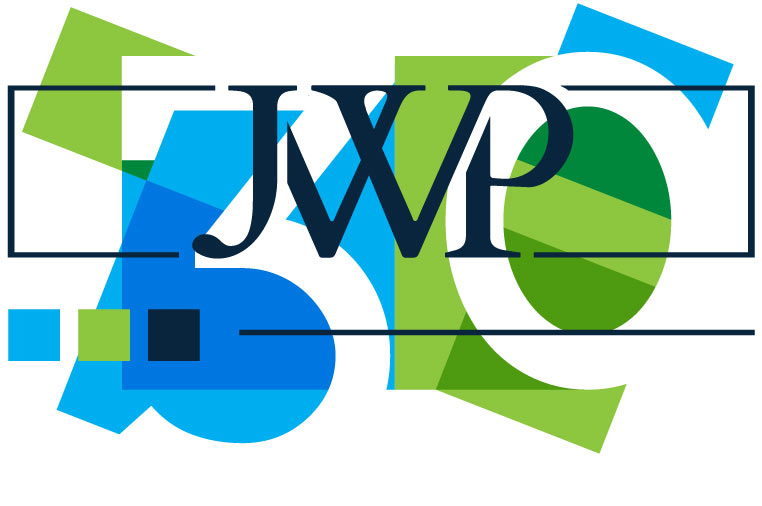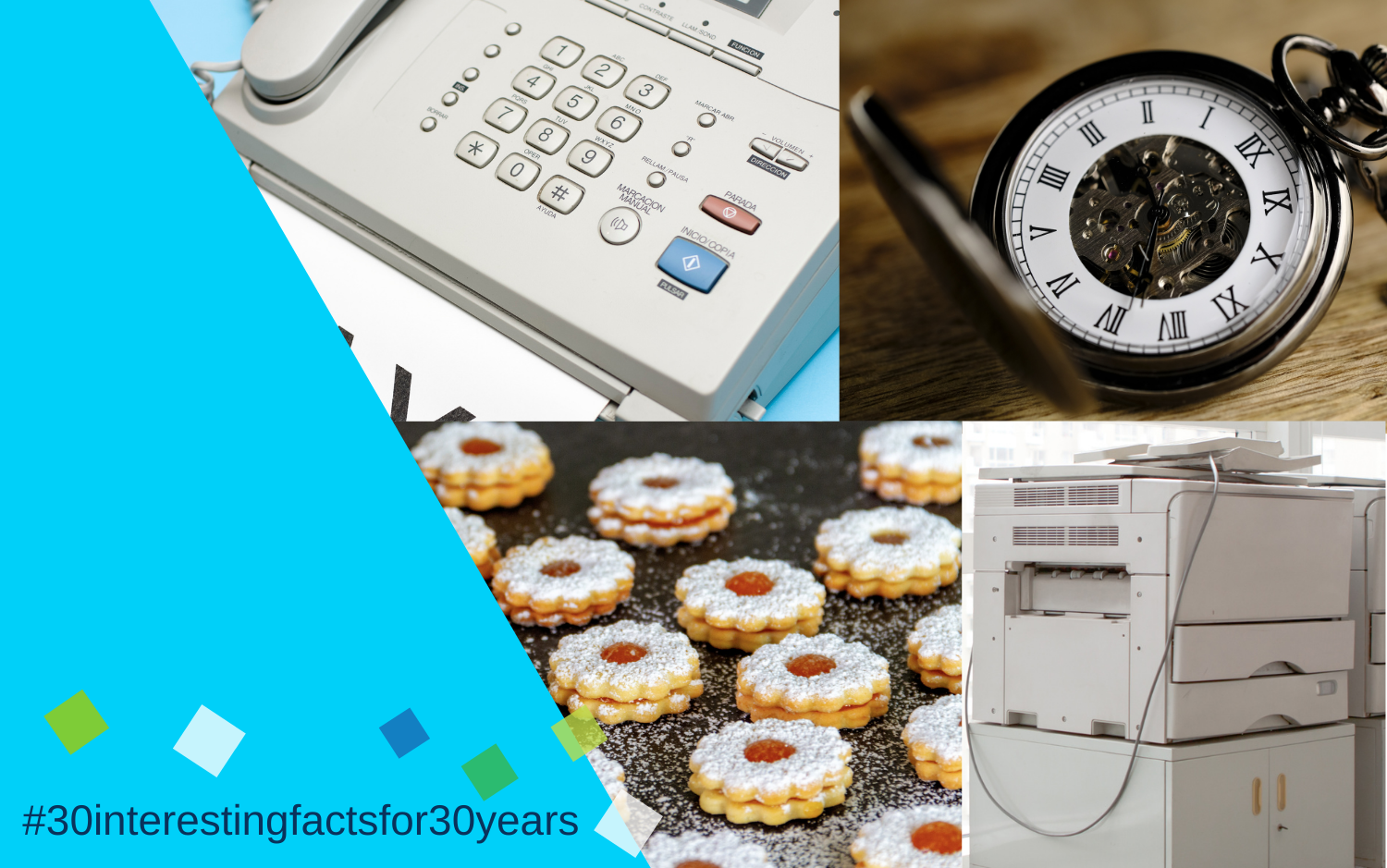At the beginning of 1992 we were looking up towards the stars. Thanks to Professor Aleksander Wolszczan’s discovery we learned about the existence of the first extrasolar planets orbiting the PSR B1257+12 pulsar in the Virgo constellation.
Meanwhile, here on Earth, the European Parliament ratified the Association Agreement with Poland and the era of systemic transformation began. In 1992, the first mobile phone network and McDonald’s restaurant were established in Poland and the “Wheel of Fortune’ game show premiered on Polish TV. The economic reform ushered in free market, releasing fresh business energy in millions of Poles.
Under these new circumstances, it also became possible for patent attorneys to open private practices. One of them was Mr. Jan Wierzchoń , a patent attorney specializing in the invention protection in the field of mechanical engineering and electrical engineering, who on 1 April 1992 set up one of the first private patent law firms in Poland – Jan Wierzchoń & Partners (now JWP Patent & Trademark Attorneys). Magdalena Pietrosiuk, a patent attorney dealing with the trademark and industrial design protection, became his partner. From the very beginning, the firm has provided comprehensive assistance in the field of industrial and intellectual property protection. By the authorization of the then Ministry of Foreign Trade, it could represent foreign entities that constituted the majority of its clients.
The newly established firm, managed by the experienced and renowned patent attorneys, has earned great recognition and clients’ trust from the start. The evidence of this are the official records of patents granted in the cases in which the firm’s attorneys represented foreign companies – many of which are well-known even today – as well as several Polish entrepreneurs. Numerous entities cooperating with Jan Wierzchoń & Partners included such law firms as Marks & Clerk, Societa Italiana Brevetti, D.A. Casalonga, Ladas & Parry, big international companies such as Sandoz, Syngenta, Pfizer and Eaton, firms dealing with the protection of exclusive rights, such as CPA, and Polish entities such as Gerda or Biogradex.
This is how Magdalena Bułas, senior specialist in the industrial property protection in the Patent Team, who has been with the firm for over 25 years, remembers the beginnings of JWP.
Our beginnings were quite humble. The firm was based for a few years in a 100 m2 flat in a building up Tamka Street in Warsaw, close to the Złota Kaczka restaurant and the Chopin University of Music. It was a great location for shopping, strolling and organizing sightseeing tours in Warsaw’s Old Town with our foreign clients when they visited us. There were also some excellent Warsaw patisseries nearby – one of them regularly provided us with cookies for our guests (for the next couple of days we enjoyed the leftovers from the fridge), and another one with the meringues called “sokoly” (a specialty of this establishment dating back to the 1980s), Italian pastries and, of course, doughnuts – all for our own use this time.
After a few years we moved to a new building in Grzybowska Street with a characteristic clock on the façade at the entrance to the building. The clock became a fixed graphic element of the firm’s first website. We were then based in an office whose elegant décor was also courtesy of Mr. Jan Wierzchoń. Of course, here too we found an excellent patisserie nearby, specializing in Viennese cheesecakes and vanilla cupcakes. A party to celebrate launching of our new head office was attended by the best and brightest in the patent attorney profession, including our partners and the Polish Patent Office representatives.
In 2007 we moved again – this time to Żurawia Street. The move marked the beginning of major changes and the firm’s dynamic development, especially in terms of employing new staff and setting up new specialized departments.
But let us go back to the first 10 years in the firm’s history; at the beginning there were only Mr. Wierzchoń and Ms. Pietrosiuk, who were gradually joined by new employees.
One of the first to join the team were Mr. Jerzy Wodz, a patent attorney, a mechanic and an extremely cultured, charming gentleman; Mr. Tomasz Jablkowski, a patent attorney, a chemist, paragon of good manners and an embodiment of the sense of duty; and, after a few more years, Ms. Zofia Szczepanska, a patent attorney, a chemist, a participant and winner of national dictation competitions and an avid theatregoer; Ms. Danuta Stefani-Iwanow, a patent attorney, a chemist and a biotechnologist, a very warm and friendly person, always ready to help; Ms. Jolanta Gorczak, a patent attorney, a chemist, and an excellent companion on sightseeing trips around Poland; and Ms. Elżbieta Plewa, a patent attorney, an electronics engineer, a person of versatile and practical skills, one on whom one could always rely.
Shortly after the firm was established, our versatile and extremely meticulous assistant-receptionist staff in the person of Ms. Barbara Gluszko needed help and it was me who joined her. We were sometimes called by the collective name “Basias”. Our job was to deal with the telephone switchboard, deliveries, office supplies, as well as providing assistance to the patent attorneys and translation support both in terms of documentation and as interpreters during foreign client visits. There was also need for assistance in relation to trademarks and protection, and here too we welcomed some newcomers, but the recruitment in this area developed later on. After a while, the Trademark Team was joined by Ms. Joanna Janoszek, a patent attorney (now partner) who used her observations from this period of the firm’s initial development to build our Wroclaw branch in 2007 and manage it effectively. The Trademark Team also included Ms. Iwona Czaplicka, a lover of good coffee and travelling, who until very recently had been in charge of the legal protection matters in our firm.
Of course, the financial affairs of the dynamically developing, although initially small law firm were also in need of tidying up. Therefore, at quite an early stage of the firm’s existence, we were joined by Ms. Hanna Laszczych, a living legend and a confidant of many secrets, personal advisor in the matters of the heart, always eager to offer comfort and a friendly word to all of us, who became “auntie Hania” to many of our children or grandchildren.
From the very beginning we relied not only on our own memory, but also on the systemic recording and monitoring of official deadlines, thanks to an original program developed specially for us. It worked under DOS, just like the first text editors, e.g. TEX, but also continued to serve its purpose reliably after we had moved on to Windows 3.11, and then to Windows 98 and MS Word.
The most important files were already saved and stored back then, which posed some challenges due to the technical limitation of file names to 8 characters (that’s right, only 8 characters in a file name!) and of course small capacity of the available media. I wonder who still remembers them today?
As soon as anti-virus software appeared, the firm secured its digital resources, and – in the time when access to the Internet and e-mail was not so widespread – every month we received an update of the Polish Patent Office database on a floppy disk.
Back then, the main means of communication was the fax machine – a very effective tool in that era, however, sometimes very user-unfriendly. Paper getting caught and crumpled, transmission errors – these were some of the nuisances we often had to deal with while “hovering” over the machine, especially when several dozen pages of documents had to be send. I have several vivid memories connected with the telephone/fax:
First of all, the fax machine worked better when there were at least two people at it (it worked properly out of fear, I guess) and when it was “distracted” (to keep it busy from hatching up some malicious plots).
One day, when a deadline was approaching and we had to respond to an official letter, one of our clients, a Swiss pharmaceutical company, would not send us their instructions. I phoned them, explained the problem, and was promptly told: “This is a huge company, we have our procedures. The fax is yet to be sent to the person responsible in a few days!”.
Another situation: also a tight deadline, this time a one-man foreign law firm. I dial the fax number and instead of a signal to start transmission I hear someone picking up, the rustling of bed sheets and a heavy, sleepy grunt: “Yes?”.
I attempt to send another fax to the client’s home and the recipient asks: “Can you please call again? I’ll run downstairs and won’t pick up, just turn on the fax machine.”
In the olden days, we often dropped by the Main Post Office with all sorts of parcels, and it was mainly Hania who did the dropping by. As luck would have it, each time she left the office, a downpour would start. Sometimes she would return soaked and her shoes, jumpers and jackets would be laid out to dry on the radiators.
As in any office, the kitchen was a very important place with its supplies of fresh coffee, water and food. It also served as a meeting room for informal discussions. And, of course, there were balconies overlooking Tamka Street and a corridor by the stairs in Grzybowska Street where the amateurs of tobacco flavors, in groups and sub-groups, exchanged comments on a wide range of topics. I remember that even our boss, who sometimes found us there, would stop for a moment to comment on something currently being discussed or to talk about matters concerning the firm.
We produced huge quantities of documents at the time; such were the official and archiving requirements. New invention applications had to be submitted to the Polish Patent Office in three copies, plus one file copy and one or two for the client. And when the application was 30 or 500 pages long, it meant truckloads of paper! Back then, copying documents was much cheaper than printing, so we became very proficient indeed in changing paper sheets on the photocopier glass. We used to have our photocopier moments… all sorts of important and less important conversations took place there.
Then came the advent of e-mail and printers that enabled double-sided and, above all, cheaper printing. Life became simpler, yet not so colorful, or maybe still colorful, but in a different way?

